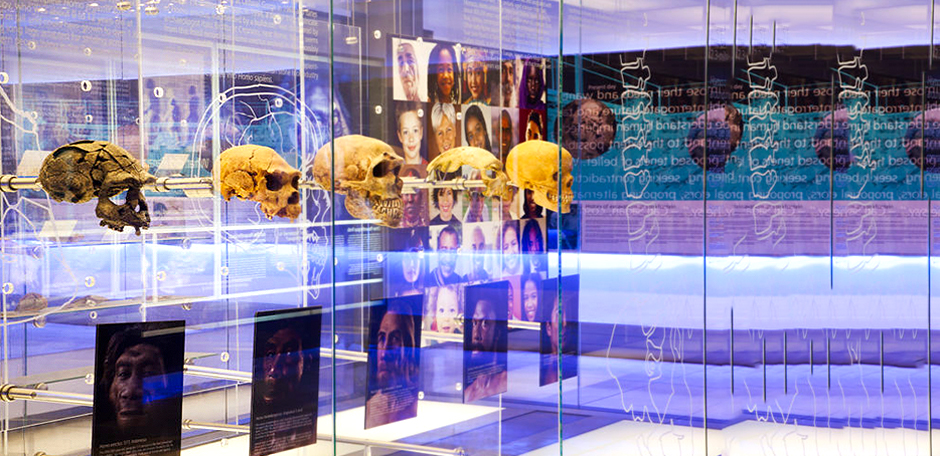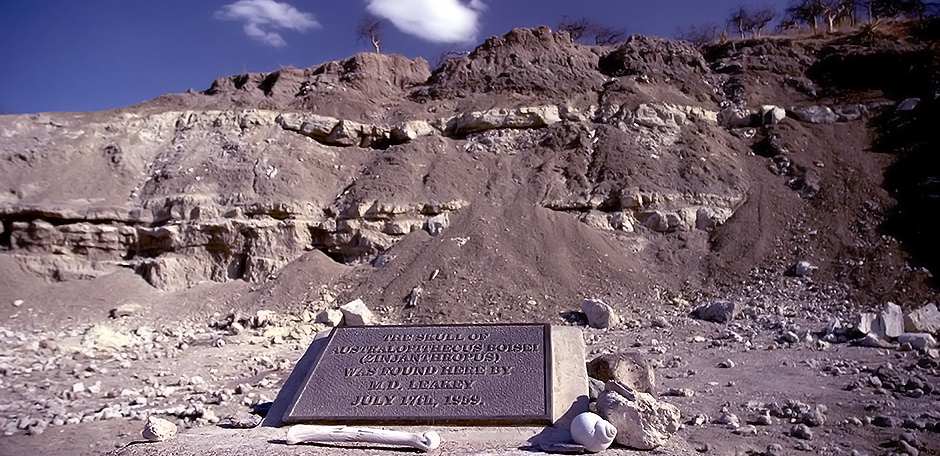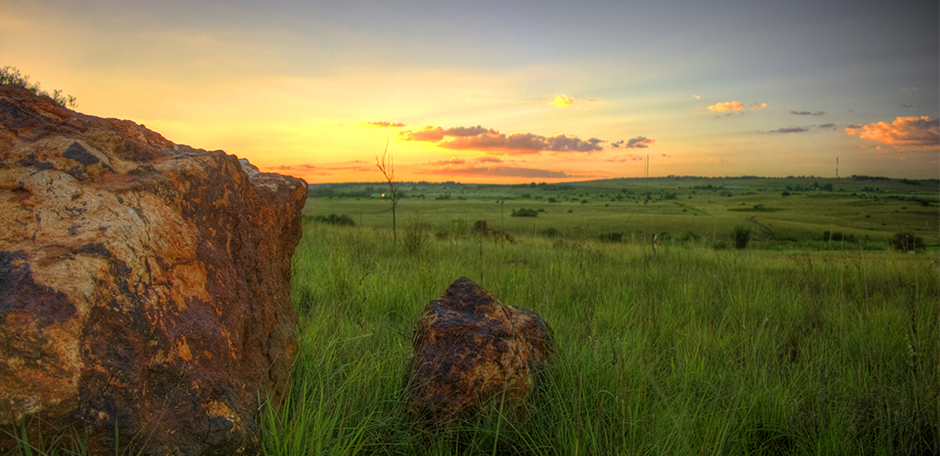Vacationing in Africa, experience the ‘Cradle of Humankind’
Africa is a destination like no other
Africa may not be the birthplace of every human being walking this earth but it sure draws us in like no other continent!Africa can be described as a prehistoric world with superb beauty and an appreciation for life and love. It's almost impossible not to feel deeply moved whilst vacationing in Africa. Many have remarked that traveling in Africa is “life-altering” and “magical”.Take a look at some quotes about traveling by historic and/or famous people.Is there a reason for Africa’s indescribable hold on all people of the world?Is there a reason that our souls find comfort in the vast African plains? Is it because we all have roots in Africa? Is Africa our true home?Is Africa the origin of all human existence?
How Africa became known as the “Cradle of Humankind”

The famous Sterkfontein Caves, one of the main fossil sites of the Cradle of Humankind World Heritage Site.This question or theory is not relatively new with the initial claim of South Africa being the birthplace of humanity. Centuries ago Charles Darwin speculated in his book ‘The Descent of Man’ that it was ‘probable’ that Africa was the cradle of humankind due to our closest living relatives - chimpanzees and gorillas - living there. However, it was only in 1924; when autonomist Raymond Dart found a skull of a juvenile primate on the edge of the Kalahari Desert did the world know the answer to the whereabouts of humankind’s birthplace.Found among a box of fossil-bearing rocks sent to him by the manager of Taung quarry did Dart find a fossilized mold of a tiny brain with other apelike features. The base of the fossilized skull indicated to Dart that the ‘Taung Child’ had once walked upright, like a human, and he declared his findings as the remains of an extinct race of apes intermediate between living anthropoids and man - called the Australopithecus Africanus, which translates to “Southern Ape of Africa.”Dart's discovery, however, wasn't received well from other experts in the field, with most of them declaring that the ‘Taung Child’ was “too ape-like” to fit the early 20th-century view of human evolution, dismissing his findings as an old ape - except for Palaeontologist Robert Broom. Broom discovered the first fragments of an adult australopithecine while investigating limestone caves in Sterkfontein, South Africa during 1940; he found fossilized specimens that looked very similar to Dart’s ‘Taung Child’. His work dramatically changed the once skeptical minds of other experts around the world and ultimately altered the trajectory of human evolution studies. Broom's discovered numerous fossils of the ‘adult-ape’ providing some evidence that the Australopithecus did, in fact, belong in the human family, concluding that these ancestors were ‘nearly men’ and were undoubtedly linked to humanity.
Humanity was rooted in East Africa

The Archeologic place where Louis Leake discovered an australopithecine skull in Olduvai Gorge in Tanzania.Around about the same time as Boom’s adult australopithecine discovery, Louis Leakey vindicated his long-held belief that all humanity was rooted in East Africa, when in 1959 he and his wife, Mary Leakey, discovered an australopithecine skull in Olduvai Gorge in Tanzania. Later finding a more advanced species, there seemed to be a link between australopithecine and humans - labeling the newly found specimen as a Homo Habilis. With many discoveries later to come, it was up to researchers to date their findings of various different species. Identifying fossils in date order enabled researchers to determine the age of each specimen in relation to the other. This connection translated into one large dynamic human family tree.“If you imagine our human origin as a relatively large jigsaw puzzle of over 500 pieces, we have identified possibly eight pieces near the eastern edge and four pieces in the south. We can grasp a bit of the pattern but we're nowhere near seeing the whole picture. Neither the east nor the south is of greater importance. We need both.” - says paleontologist Patricia Kramer.With later discoveries of other famous "species" such as the ‘Lucy’ skeleton found in Hadar in Ethiopia in 1974, a new species was established and named Australopithecus afarensis, dating back to around 3,2 million years ago.Australopithecus afarensis was the biological evolution of ‘its’ ancestor known as the Homo Habilis, dating back a little under two million years ago. The Homo Habilis then evolved into the younger more advance and well-renowned species we hear about today, the Homo erectus - which in turn supposedly evolved into us. Although there is a lot of uncertainty around specific dates of some findings from the Cradle of Humankind, what is clear is that South Africa presents an unprecedented number of fossilized bones, resurging South Africa’s initial claim to being the home of humankind.These jigsaw pieces do suggest that Africa was populated by a diversity of characters embedded deep in time and spread far and wide across the continent; all of whom share a common ancestral line that is part of the human evolution. And although there is no direct evidence to suggest that the Cradle of Humankind is, in fact, the beginning of our human story, what the evidence does suggest is that human roots, our roots, can be traced back to Africa. No matter where you choose to stay or how long you wish to visit, Africa promises to be a deeply enriching experience like no other.

Sunset at the Cradle of Humankind, South Africa.Experience the beauty and some of the untouched wilderness that our initial human ancestors enjoyed and book a South African safari or a safari in Kenya.

